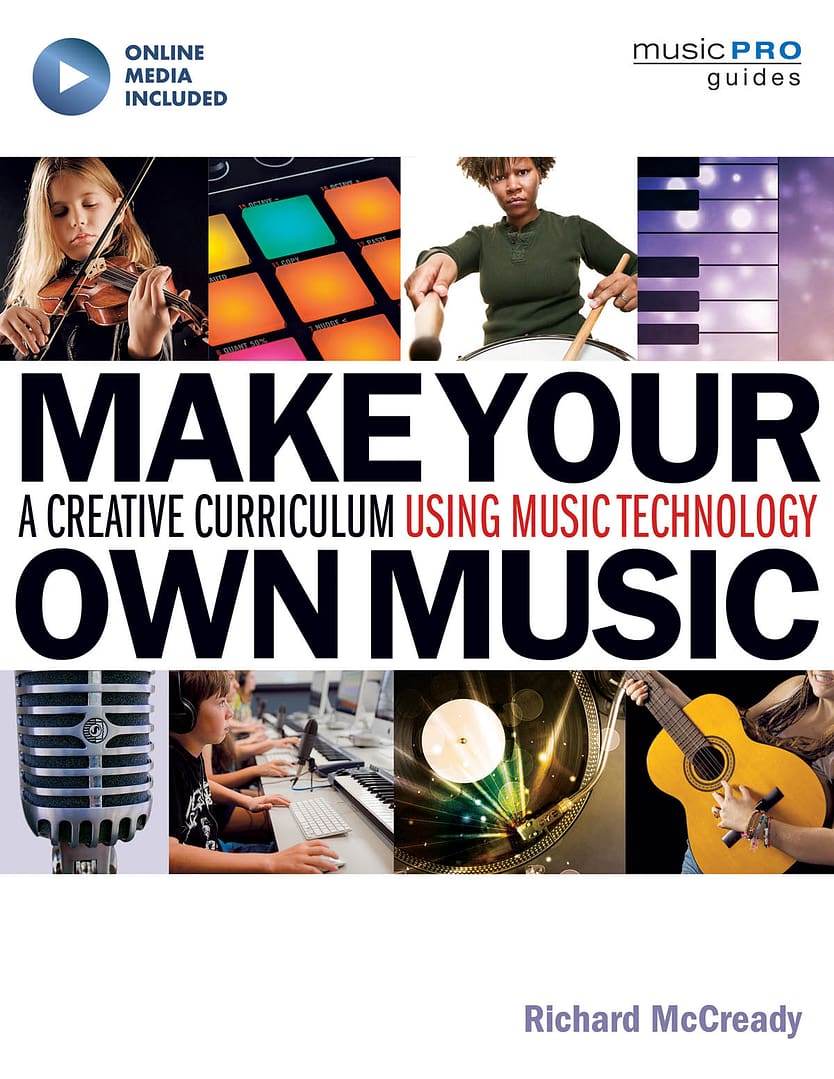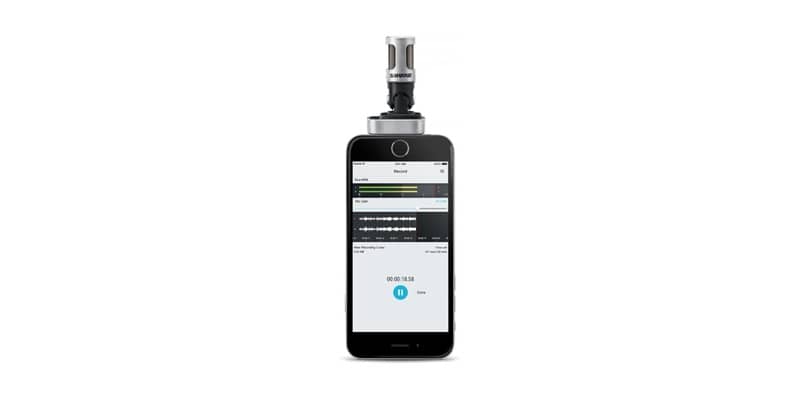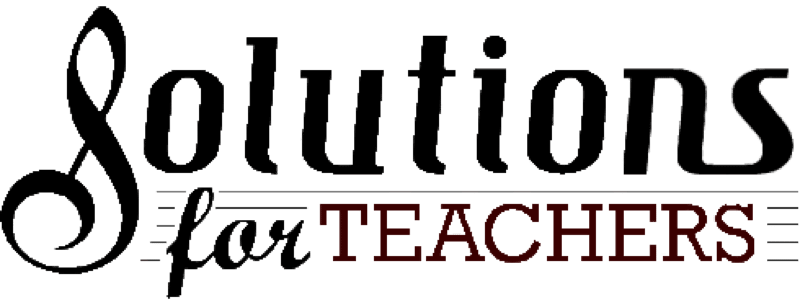-

Planning Checklist for Recording Your Band
Mike Lawson | October 7, 2016
Read More...It takes more than just plugging in a microphone and pushing a record button to make a good recording. It’s important to understand how sound works and why. How it is shaped, how it is captured, and the entire process is important to making great recordings. It’s critical that you’re thinking about these as you plan and prepare for your sessions if you want to insure maximum quality and professional results every time.
-
IK Multimedia iRig HD 2
Mike Lawson | October 6, 2016
Read More...IK Multimedia iRig HD 2 is the sequel to the iRig HD digital guitar interface for iPhone, iPad, Mac & PC. The iRig HD 2 features 24-bit analog-to-digital conversion and a best-in-class 96kHz sample rate that delivers a noiseless guitar signal to devices and computers. It features an input gain control for dialing in the right amount of signal for playing and recording and a multicolor LED indicator for precise signal monitoring.
-
Choosing Studio Monitors for Your Band Room
Mike Lawson | September 8, 2016
Read More...It’s surprising that so many monitors are chosen by a review or word of mouth, since they’re such a personal item. Here are some things to think about before you purchase a set of speakers.’
-
35 Years of Pyware Software for Drill Design: 1981-2016
Mike Lawson | September 8, 2016
Read More...It all started with pins in a corkboard or tin soldiers on a tabletop or drafting tools and a blank sheet of paper. “Brilliant” ideas played out with notes scribbled on whatever was handy. Band directors took these notes and ideas to the practice field and literally moved their people around just like the pins and toy soldiers to create the formations....and voila... a field show.
-
Understanding Mixers and the Signal Path
Mike Lawson | August 15, 2016
Read More...Editor’s Note: As I travel the country participating in dozens of state “MEA” shows where training sessions are offered on using live sound mixers in the school, the most common problems that I’ve observed teachers facing is a lack of basic knowledge of the audio signal path, from microphone to speakers. This typically makes for a lot of guesswork by the director, and less-than-optimal sound operation, be it from a major field event, or just running your PA system to power the school talent show. Live sound is both art and science. The art is what you’ll use your ears for, but understanding the science is what gives your ears what they will want to hear. That starts with understanding the mixer, and the all-important signal path. - ML
-
Breezin’ Thru ‘Next Gen’ Edition
Mike Lawson | July 14, 2016
Read More...With the all-new ‘Next Gen’ edition for 2016-17, Breezin’ Thru Theory is now accessible on any device, including computers, smartphones, Chromebooks, iPads and other tablets.
-
Technology: Using Chords In Notion
Mike Lawson | July 13, 2016Goal and Objectives: The goal is to get you composing music in notion using a repeating diatonic chord sequence.
Read More... -
Digital Mixers Demystified
Mike Lawson | June 14, 2016
Read More...Digital mixers have been around for several years now, and have evolved rapidly in form, formats, and types of product offerings.
-
MACCornerTechnology Enhances Teaching and Learning in the Music Classroom
Mike Lawson | June 14, 2016
Read More...Does technology really help us in the music classroom? You bet! However, it largely depends on how and when you use specific technologies within the teaching process.
-
The Shure MV88 and ShurePlus MOTIV Recording App for iOS – Easy, Affordable Technology You Can Use in Your Music Class Today
Mike Lawson | May 12, 2016
Read More...As I participate in putting together session presentations for various “MEA” shows around the country where TI:ME (the Technology Institute for Music Educators) hosts training events, I often encounter music teachers who very much would like to introduce technology into their programs, but have no idea where to start.
-
Technology: Dynamic Music Solutions In and Out of the Classroom!
Mike Lawson | February 8, 2016
Read More...In today’s world of expanding expectations and standards, achieving success with our students has to be more than just “practice makes perfect.” Perhaps because music is an elective subject, music teachers are in the vanguard of education. Consider this example of how creatively applied technology lifted a student with ease.
-
Solutions for Teachers Celebrates Great Success at The Midwest Clinic
Mike Lawson | January 11, 2016Technology and Assessment presentation draws huge audience
Chicago, IL: The founders of Solutions for Teachers (SFT) were excited to see a packed house for their presentation “An Easier Way to Test Your Students and Get Your Life Back”. This company, founded by two band directors, had standing room only as they demonstrated the assessment system and software that they had created for their own band students.
Read More...
Warning: Undefined variable $additional_loop in /home/sbomagazine/public_html/site/wp-content/themes/timeless2021/archive.php on line 103
Warning: Attempt to read property "max_num_pages" on null in /home/sbomagazine/public_html/site/wp-content/themes/timeless2021/archive.php on line 103


 It takes more than just plugging in a microphone and pushing a record button to make a good recording. It’s important to understand how sound works and why. How it is shaped, how it is captured, and the entire process is important to making great recordings. It’s critical that you’re thinking about these as you plan and prepare for your sessions if you want to insure maximum quality and professional results every time.
It takes more than just plugging in a microphone and pushing a record button to make a good recording. It’s important to understand how sound works and why. How it is shaped, how it is captured, and the entire process is important to making great recordings. It’s critical that you’re thinking about these as you plan and prepare for your sessions if you want to insure maximum quality and professional results every time.


 It’s surprising that so many monitors are chosen by a review or word of mouth, since they’re such a personal item. Here are some things to think about before you purchase a set of speakers.’
It’s surprising that so many monitors are chosen by a review or word of mouth, since they’re such a personal item. Here are some things to think about before you purchase a set of speakers.’
 It all started with pins in a corkboard or tin soldiers on a tabletop or drafting tools and a blank sheet of paper. “Brilliant” ideas played out with notes scribbled on whatever was handy. Band directors took these notes and ideas to the practice field and literally moved their people around just like the pins and toy soldiers to create the formations....and voila... a field show.
It all started with pins in a corkboard or tin soldiers on a tabletop or drafting tools and a blank sheet of paper. “Brilliant” ideas played out with notes scribbled on whatever was handy. Band directors took these notes and ideas to the practice field and literally moved their people around just like the pins and toy soldiers to create the formations....and voila... a field show.
 Editor’s Note: As I travel the country participating in dozens of state “MEA” shows where training sessions are offered on using live sound mixers in the school, the most common problems that I’ve observed teachers facing is a lack of basic knowledge of the audio signal path, from microphone to speakers. This typically makes for a lot of guesswork by the director, and less-than-optimal sound operation, be it from a major field event, or just running your PA system to power the school talent show. Live sound is both art and science. The art is what you’ll use your ears for, but understanding the science is what gives your ears what they will want to hear. That starts with understanding the mixer, and the all-important signal path. - ML
Editor’s Note: As I travel the country participating in dozens of state “MEA” shows where training sessions are offered on using live sound mixers in the school, the most common problems that I’ve observed teachers facing is a lack of basic knowledge of the audio signal path, from microphone to speakers. This typically makes for a lot of guesswork by the director, and less-than-optimal sound operation, be it from a major field event, or just running your PA system to power the school talent show. Live sound is both art and science. The art is what you’ll use your ears for, but understanding the science is what gives your ears what they will want to hear. That starts with understanding the mixer, and the all-important signal path. - ML
 With the all-new ‘Next Gen’ edition for 2016-17, Breezin’ Thru Theory is now accessible on any device, including computers, smartphones, Chromebooks, iPads and other tablets.
With the all-new ‘Next Gen’ edition for 2016-17, Breezin’ Thru Theory is now accessible on any device, including computers, smartphones, Chromebooks, iPads and other tablets.


 Digital mixers have been around for several years now, and have evolved rapidly in form, formats, and types of product offerings.
Digital mixers have been around for several years now, and have evolved rapidly in form, formats, and types of product offerings.
 Does technology really help us in the music classroom? You bet! However, it largely depends on how and when you use specific technologies within the teaching process.
Does technology really help us in the music classroom? You bet! However, it largely depends on how and when you use specific technologies within the teaching process.
 As I participate in putting together session presentations for various “MEA” shows around the country where TI:ME (the Technology Institute for Music Educators) hosts training events, I often encounter music teachers who very much would like to introduce technology into their programs, but have no idea where to start.
As I participate in putting together session presentations for various “MEA” shows around the country where TI:ME (the Technology Institute for Music Educators) hosts training events, I often encounter music teachers who very much would like to introduce technology into their programs, but have no idea where to start.
 In today’s world of expanding expectations and standards, achieving success with our students has to be more than just “practice makes perfect.” Perhaps because music is an elective subject, music teachers are in the vanguard of education. Consider this example of how creatively applied technology lifted a student with ease.
In today’s world of expanding expectations and standards, achieving success with our students has to be more than just “practice makes perfect.” Perhaps because music is an elective subject, music teachers are in the vanguard of education. Consider this example of how creatively applied technology lifted a student with ease.
 Technology and Assessment presentation draws huge audience
Technology and Assessment presentation draws huge audience





